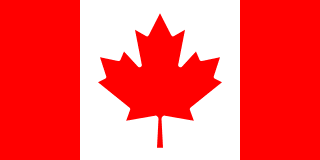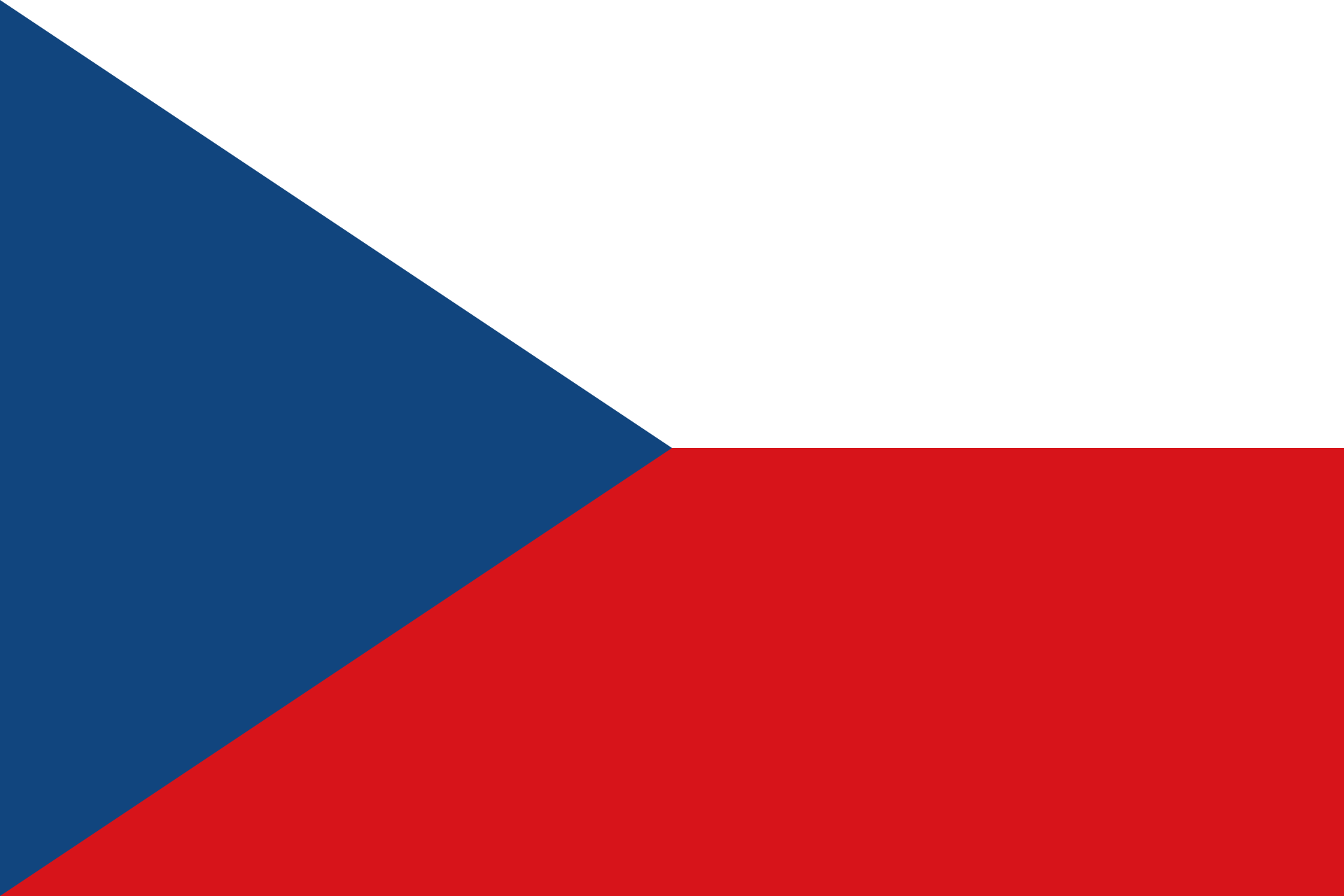Population
1,398,364,636
Last updated:
1 NovArea
3,287,263 km2
Last updated:
1 NovCurrency
Indian rupee (₹) (INR)
Last updated:
1 NovOfficial Language
Hindi and English
Last updated:
1 NovPhone code number
+91
Last updated:
1 NovInternet TLD
.in
Last updated:
1 NovAverage monthly salary
620 $
Last updated:
1 NovTotal millionaires
697,655 persons
Last updated:
1 NovTotal billionaires
237 persons
Last updated:
1 NovMilitary power
Passport rank
90
Last updated:
1 NovVisa free
58 country
Last updated:
1 NovReligions in India
79.8% Hinduism
14.2% Islam
2.3% Christianity
1.7% Sikhism
0.7% Buddhism
0.4% Jainism
0.23% Unaffiliated
0.65% Others
Info about India (History)
India is a country in South Asia. It is the 7th larg country by area, the second-most populous country, and the most populous democracy in the world. Surrounded by the Indian Ocean to the south, the Arabian Sea to the southwest, and the Bay of Bengal to the southeast, it borders Pakistan to the west; China, Nepal and Bhutan in the north; and Bangladesh and Myanmar to the east. In the Indian Ocean, India is close to Sri Lanka and the Maldives; its Andaman and Nicobar Islands share maritime borders with Thailand, Myanmar and Indonesia.
Modern humans arrived in the Indian subcontinent from Africa no later than 55,000 years ago. Their long occupation, initially in various forms of isolation as hunter-gatherers, has made the region highly diverse, second only to Africa in human genetic diversity. Sedentary life began on the subcontinent on the western edge of the Indus basin 9000 years ago, gradually evolving into the Indus Valley civilization in the third millennium BC. By 1200 BC. the archaic form of Sanskrit, the Indo-European language, spread to India from the northwest, unfolding as the language of the Rig Veda and fixing the origin of Hinduism in India. The Dravidian languages of India were supplanted in the northern and western regions. By 400 BC in Hinduism, stratification and caste exclusion arose, Buddhism and Jainism arose, proclaiming social orders not associated with heredity. Early political alliances led to the emergence of cohesive Mauryan and Gupta empires based in the Ganges basin. Their collective era was filled with widespread creativity but was also marked by a decline in the status of women and the incorporation of untouchability into an organized belief system. In South India, the Middle Kingdoms exported Dravidian scripts and religious cultures to the kingdoms of Southeast Asia.
During the early Middle Ages, Christianity, Islam, Judaism and Zoroastrianism took root on the south and west coast of India. Muslim armies from Central Asia periodically invaded the northern plains of India, eventually creating the Delhi Sultanate and drawing India north into the cosmopolitan networks of medieval Islam. In the 15th century, the Vijayanagara Empire created a long-lasting composite Hindu culture in southern India. Sikhism emerged in Punjab, rejecting institutionalized religion. The Mughal Empire in 1526 marked the beginning of two centuries of relative peace, leaving behind vibrant architecture. This was followed by the gradual expansion of the rule of the British East India Company, transforming India into a colonial economy but also strengthening its sovereignty. The reign of the British Crown began in 1858. The rights promised to the Indians were granted slowly, but technological changes were made and ideas of education, modernity and social life took root. An innovative and influential nationalist movement emerged with nonviolent resistance and was a major factor at the end of British rule. In 1947, the British Indian Empire was divided into two independent dominions, a Hindu-dominated dominion in India and a Muslim-majority dominion in Pakistan, as a result of widespread loss of life and unprecedented migration.
India has been a federal republic since 1950 with a democratic parliamentary system. It is a pluralistic, multilingual, and multi-ethnic society. India's population grew from 361 million in 1951 to 1.211 billion in 2011. At the same time, its nominal per capita income increased from $ 64 per year to $ 1,498, and its literacy rate increased from 16.6% to 74%. From a relatively poor country in 1951, India developed into a fast-growing major economy and information technology services center with a growing middle class. It has a space program that includes several planned or completed extraterrestrial missions. Indian films, music and spiritual teachings are playing an increasingly important role in world culture. India has significantly reduced poverty, albeit at the expense of increasing economic inequality. India is a nuclear-weapon state that ranks high in military spending. It has disputes over Kashmir with its neighbors, Pakistan and China, unresolved since the mid-20th century. Among the socio-economic challenges facing India are gender inequality, child malnutrition and rising levels of air pollution. India's land is very diverse, with four biodiversity hotspots. Its forest cover is 21.7% of the area. Indian wildlife, traditionally tolerated in Indian culture, is maintained in these forests and elsewhere in protected habitats.
Important information about India
1- What is the population of India?
answer: The total population of India is 1,398,364,636 in 2021.
2- Who is the president of India?
answer: Ram Nath Kovind is the current president of India.
3- What is the area of India?
answer: The total area of India is 3,287,263 km2 .
4- What is the official language of India?
answer: The official language of India is Hindi and English .
5- What is the currency of India?
answer: The currency of India is Indian rupee (₹) (INR) .
6- How much is the average salary in India?
answer: The average salary in India is 620$ in 2021.
7- What is the passport rank of India?
answer: The passport rank of India is 90 in 2021.
8- How many countries we can travel with passport of India without visa?
answer: You can travel to 58 countries with passport of India .
9- What is the phone number code of India?
answer: The phone number code of India is +91 .
10- What is internet TLD of India?
answer: The internet TLD of India is .in
11- How many billionaires are in India?
answer: The total number of billionaires in India is " 237 person" in 2021.
12- How many millionaires are in India?
answer: The total number of millionaires in India is " 697,655 person" in 2021.





